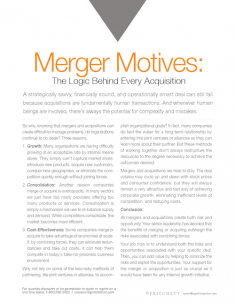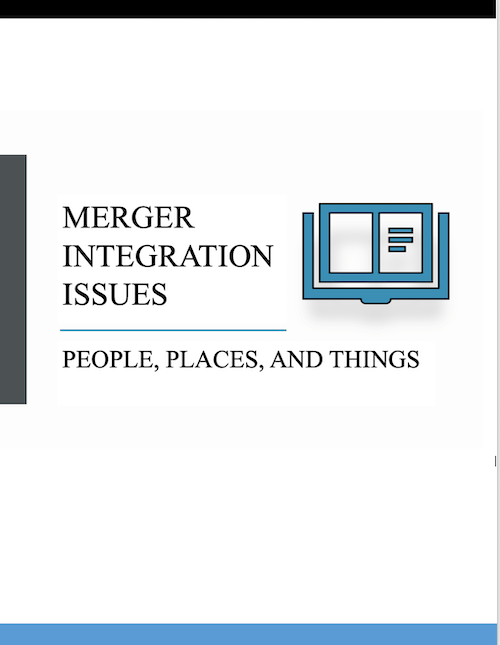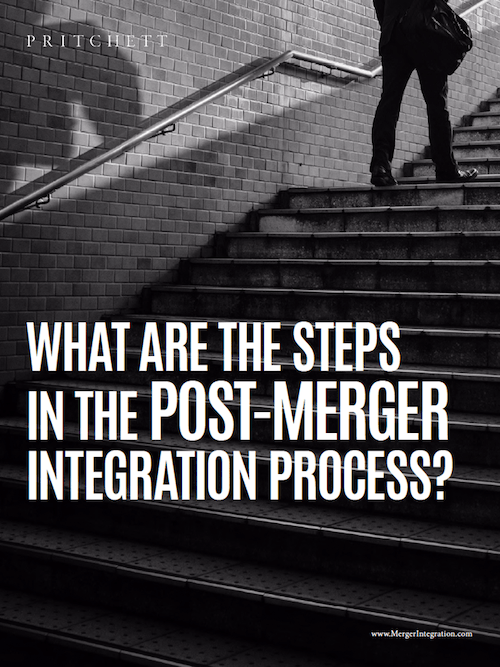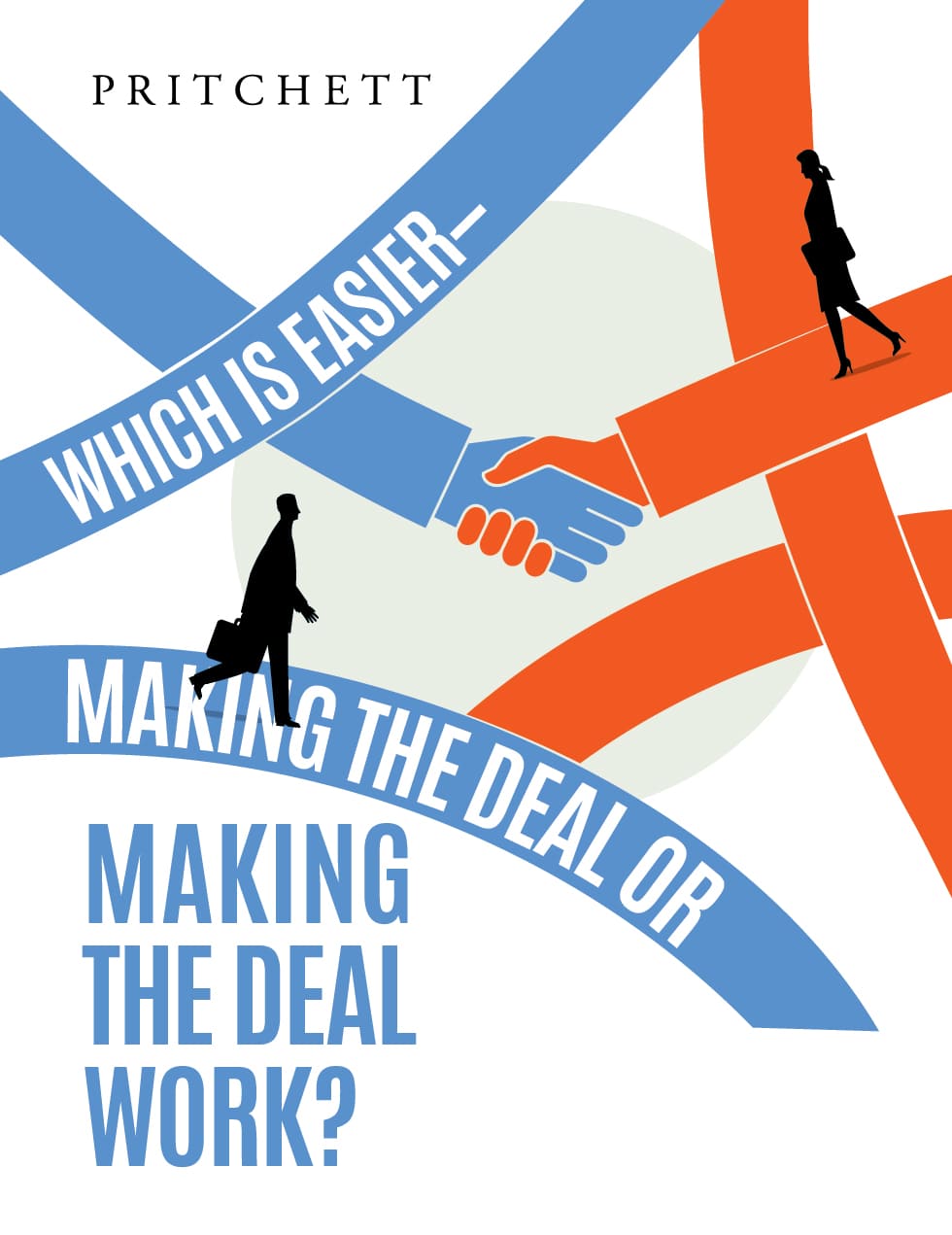A strategically savvy, financially sound, and operationally smart deal can still fail because acquisitions are fundamentally human transactions. And whenever human beings are involved, there’s always the potential for complexity and mistakes.
So why, knowing that mergers and acquisitions can create difficult-to-manage problems, do organizations continue to do deals? Three reasons.
- Growth: Many organizations are having difficulty growing at an acceptable rate by internal means alone. They simply can’t capture market share, introduce new products, acquire new customers, conquer new geographies, or eliminate the competition quickly enough without joining forces.
- Consolidation: Another reason companies merge or acquire is overcapacity. In many sectors we just have too many providers offering too many products or services. Consolidation is simply a mechanism we use to re-balance supply and demand. When competitors consolidate, the market becomes more efficient.
- Cost-Effectiveness: Some companies merge or acquire to take advantage of economies of scale. If, by combining forces, they can eliminate redundancies and take out costs, it can help them compete in today’s take-no-prisoners business environment.
Why not rely on some of the less-risky methods of partnering, like joint ventures or alliances, to accomplish organizational goals? In fact, many companies do test the water for a long-term relationship by entering into joint ventures or alliances so they can learn more about their partner. But these methods of working together don’t always restructure the resources to the degree necessary to achieve the outcomes desired.
Mergers and acquisitions are here to stay. The deal volume may cycle up and down with stock prices and consumer confidence, but they will always remain a very attractive and fast way of achieving corporate growth, eliminating inefficient levels of competition, and reducing costs.
Conclusion:
All mergers and acquisitions create both risk and opportunity. Your senior leadership has decided that the benefits of merging or acquiring outweigh the risks associated with combining forces.
Your job, now, is to understand both the risks and opportunities associated with your specific deal. Then, you can add value by helping to minimize the risks and exploit the opportunities. Your support for the merger or acquisition is just as crucial as it would have been for any internal growth initiative.





